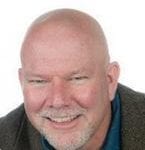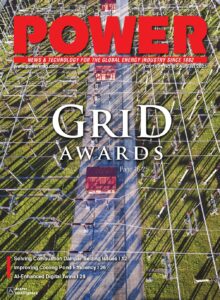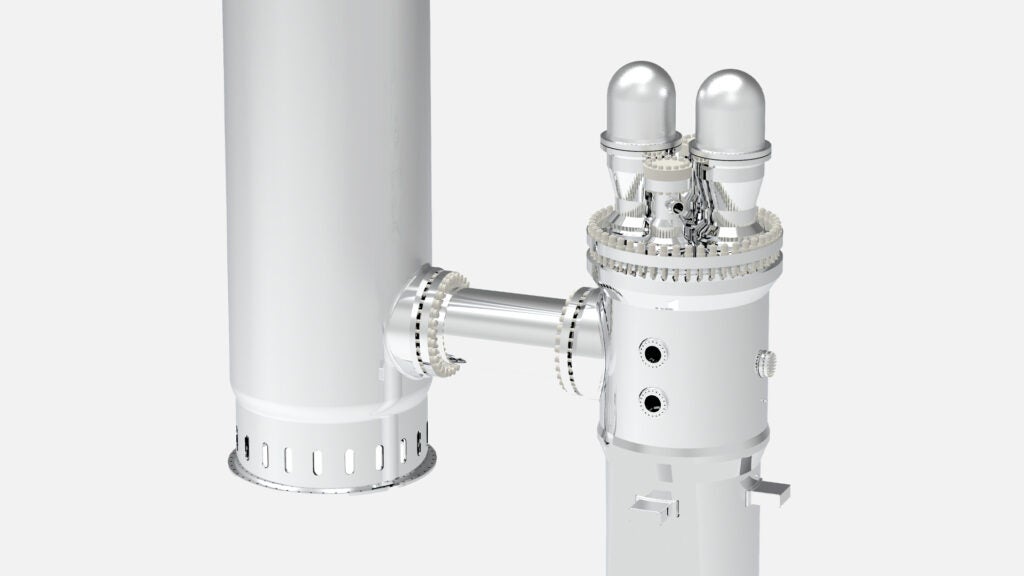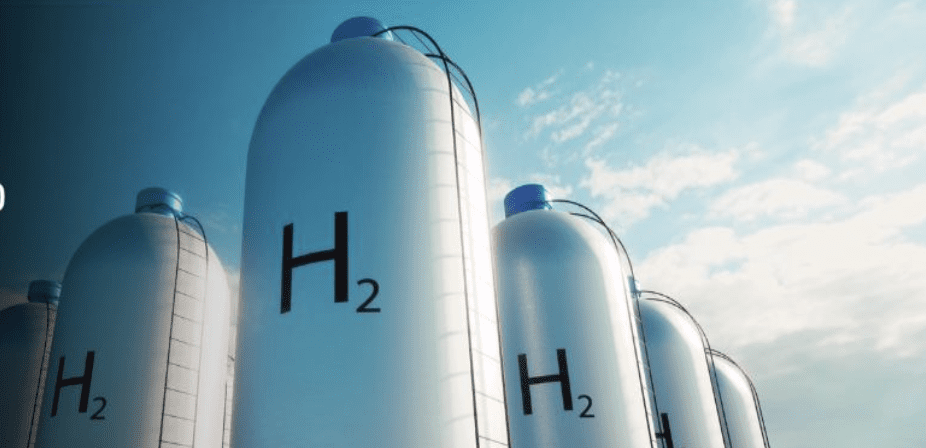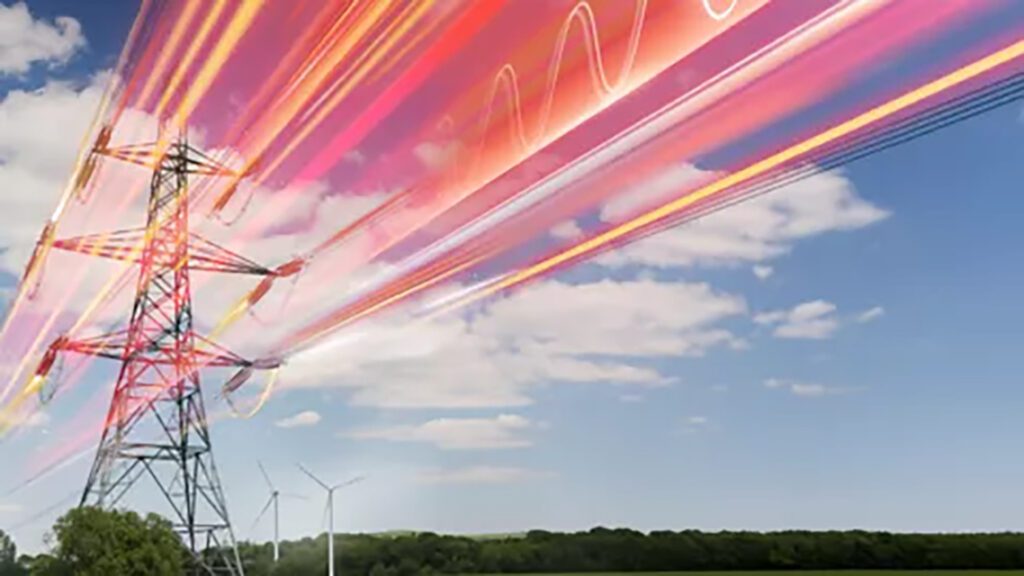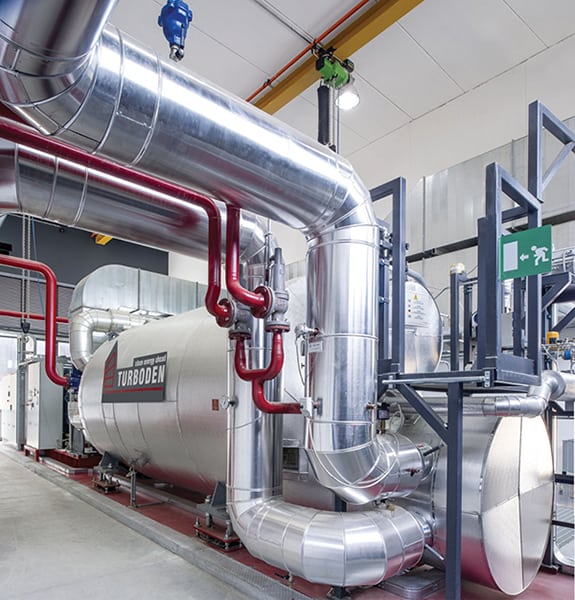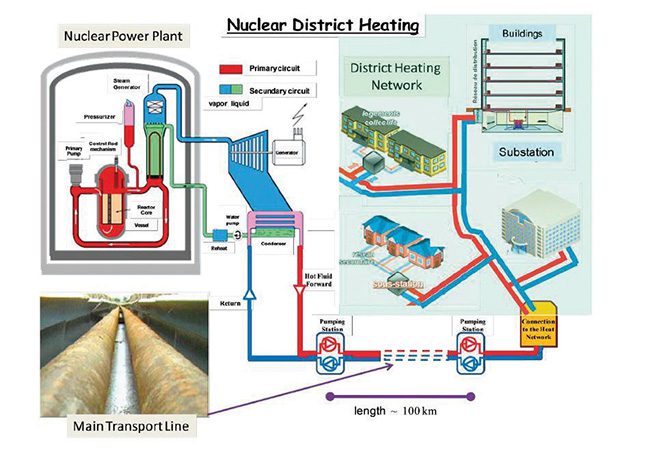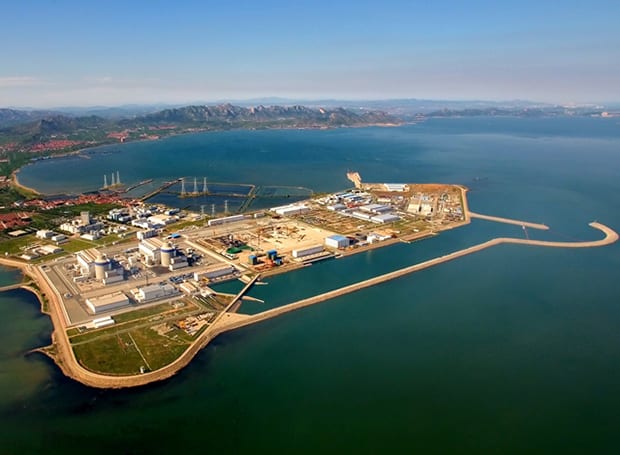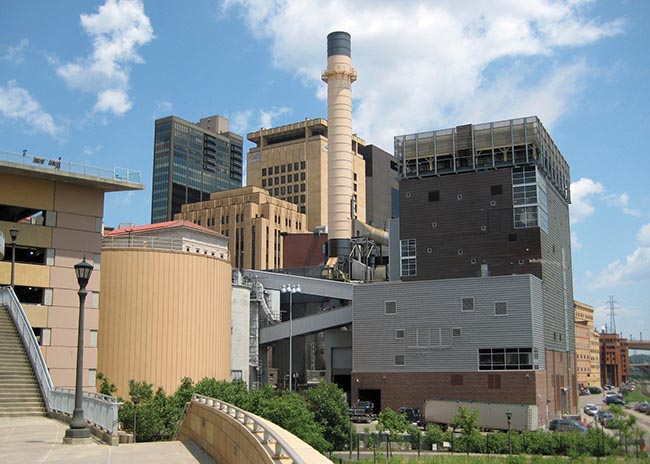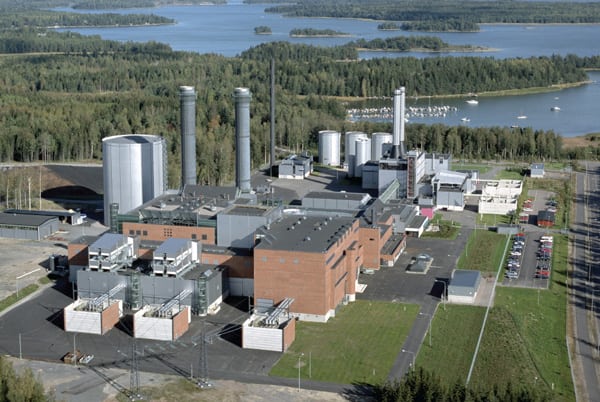
The global buildout of data centers continues to put a spotlight on the energy needs of those facilities. LuxConnect, a Luxembourg-based data center firm, has made sustainability one of its main goals, pursuing energy efficiency through the use of biomass—in this case burning wood waste—to produce electricity and more for its operations.
 |
|
1. This diagram of the Kiowatt facility provides a detailed look at the trigeneration plant. Courtesy: LuxConnect |
Kiowatt (Figure 1), which began operating in October 2013, is a joint venture (JV) between LuxEnergie and Groupe François. The JV operates a trigeneration facility in Bissen, Luxembourg, a plant (Figure 2) that utilizes 42,000 tons of end-of-life wood annually to produce about 24 GWh of green electricity. The facility also generates 108 GWh of thermal energy per year, which is used for pellet production, district heating, and to cool LuxConnect’s Data Center DC2—making DC2 the first “green data center” in the world, according to the companies. The group told POWER that the data center “is one of the only examples in Europe where digital infrastructure is being powered and cooled by locally sourced, waste-derived energy in this way.”
 |
|
2. The trigeneration facility in Bissen, Luxembourg, utilizes 42,000 tons of end-of-life wood annually to produce about 24 GWh of green electricity in addition to 108 GWh of thermal energy. Courtesy: LuxConnect |
LuxConnect has said it is committed to energy efficiency, and told POWER its “most significant example” is DC2. The company said the data center is a major step in its “Low-to-No-Footprint” energy-sourcing policy, with the integrated energy concept at DC2 enabling “the production of cold based on the exceeded heat generated by the Kiowatt trigeneration site.” Producing cold with heat is possible thanks to two absorption chillers that are fed by superheated water from the cogeneration plant located across the road from DC2. The cold water is transported via an underground network to the data center.
LuxConnect said Kiowatt’s “energy efficiency innovation is at the heart of the installation because, using wood waste, it simultaneously produces heat and electrical energy.” The cogeneration plant burns wood waste to produce electricity; the wood is transported to a boiler where as many as five tons are burned per hour. The combustion heat causes the water contained in the walls of the boiler to evaporate. The flue gases are used to superheat the steam to 420C (788F). The steam produced is used to turn the turbine, which produces electricity that is fed into the public grid. The steam is then transferred via a condenser to a secondary network, where the remaining energy is involved in the production of pellets, cooling the data center, and powering an urban heating network. The company said the energy produced by the cogeneration supports the LuxConnect production process, and is delivered to the power grid to serve both business and residential sites.
LuxConnect said the heat generated by the steam turbine is used in a variety of ways. About 5% is delivered into the heat network of the artisanal and business zone Klengbousbierg, the chosen area for the implementation of MeluXina, Luxembourg’s new high-performance supercomputer. Some 30% is used to dry the fresh wood for pellet production. Every year 35,000 tons of pellets are produced, equivalent to about 1 million liters of fuel. The remaining 65% of the heat produced in the cogeneration plant is used by DataCenterEnergie to cool LuxConnect’s data center.
Paul Konsbruck, CEO at LuxConnect, told POWER the “Kiowatt project serves as a benchmark for sustainable industrial development in Luxembourg. It demonstrates that by collaborating with the right partners, it’s possible to build infrastructures that significantly reduce energy consumption and carbon emissions. Kiowatt, for example, combines heat and power generation from biomass with the needs of a high-performance data center, showing that energy-intensive sectors like digital infrastructure can align with the country’s sustainability goals.”
Said Konsbruck: “DC2 is a prime example of circular and sustainable infrastructure. Powered by green energy from Kiowatt’s biomass cogeneration, the data center uses renewable sources to cover its energy needs. Its integration into an eco-industrial model minimizes environmental impact while maintaining high performance and reliability. By reusing waste heat and leveraging local, renewable energy, DC2 actively supports Luxembourg’s broader goals for energy transition and carbon footprint reduction.”
LuxConnect’s data centers also serve the Clarence JV between Proximus and LuxConnect, offering Europe’s first disconnected sovereign cloud solution. Clarence—a combination of “Clarity & Transparency,” which the companies said are core values—was unveiled in October 2023 as part of the Google Distributed Cloud Launch Event. “The Clarence solution is hosted within LuxConnect’s data centers, which benefit from a uniquely green energy supply through the Kiowatt infrastructure in Bissen,” said Konsbruck. “This allows clients to indirectly benefit from a highly sustainable and low-carbon digital environment.”
Konsbruck told POWER that “LuxConnect is actively exploring new sustainability-driven initiatives. One such project under study involves recovering waste heat from the Bettembourg data centers and supplying it to a residential and commercial neighborhood being planned adjacent to our campus. The recovered heat would be used to preheat domestic hot water, reducing the neighborhood’s energy needs and carbon footprint.”
Groupe François S.A. is a key partner in the Kiowatt joint venture. “The company specializes in producing electricity and heat via cogeneration systems fueled by end-of-life wood waste, as well as in the production of wood pellets. Their expertise in biomass energy enables the entire system to function efficiently and sustainably, contributing to both local energy needs and circular resource usage,” said Konsbruck.
The burning of wood waste is not a major part of Luxembourg’s energy sector; Konsbruck noted that “biomass-based energy from wood waste is currently limited in scope, serving primarily the commune of Bissen. However, while not widespread, the Kiowatt project still plays a valuable role in Luxembourg’s national effort to diversify energy sources and reduce emissions. Every such initiative, no matter the scale, helps the country move toward its climate goals.”
Konsbruck said the pellets produced at the site “are distributed exclusively through a dedicated supplier, primarily in bulk. One key sector using these pellets is the hospitality industry, where they are burned for heating purposes. This creates a localized, renewable heating solution that supports sustainable practices in commercial settings.”
LuxConnect in January of this year announced it would host one of the control centers for the European Union’s upcoming Infrastructure for Resilience, Interconnectivity, and Security by Satellite (IRIS 2) satellite constellation. IRIS 2 is a project led by the European Union—in collaboration with the European Space Agency—that is developing a multi-orbital constellation of 290 satellites with the SpaceRISE consortium.
Said Konsbruck: “We are incredibly proud to have been selected for this pivotal project. LuxConnect’s recognized expertise in managing high-security and high-connectivity infrastructures played a crucial role in our selection. Our team is committed to contributing our skills and experience to support Europe’s ambition for a resilient and secure digital future.”
The use of waste heat to support data centers’ energy needs—and district heating—could become more prevalent. Qarnot, a French data center firm, in June announced it launched a new data center at the Lamarmora power plant in Brescia, Italy, in partnership with A2A, a local energy group. Qarnot said the waste heat from liquid-cooled data center pods will be used in A2A’s district heating network in the city. Paul Benoit, Qarnot’s CEO, in a statement said the company is “fully committed to leveraging our cutting-edge data center technology to actively contribute to A2A’s decarbonization strategy and to support the broader transition towards a more sustainable energy landscape.”
—Darrell Proctor is a senior editor for POWER.

